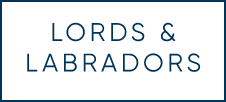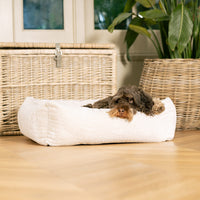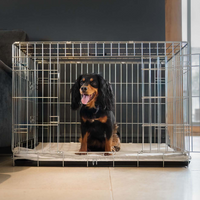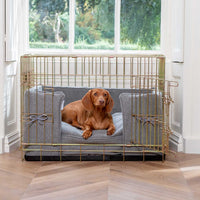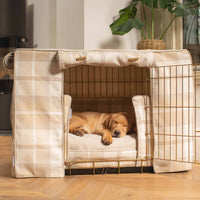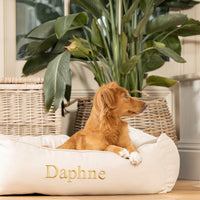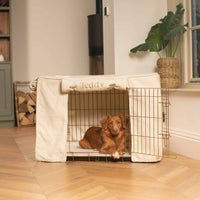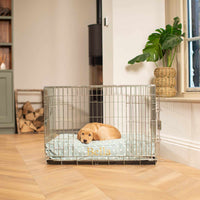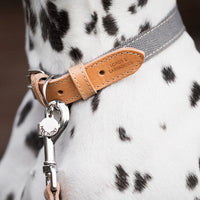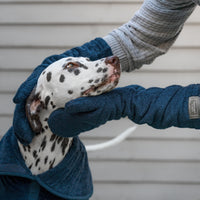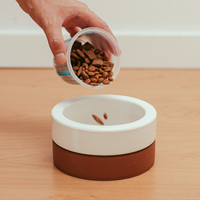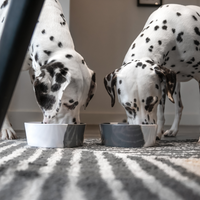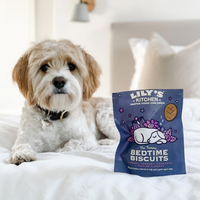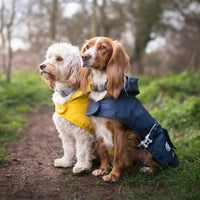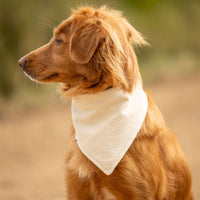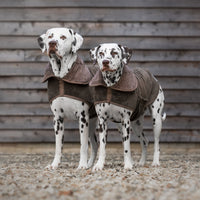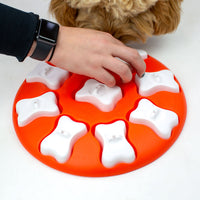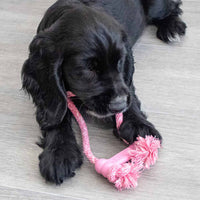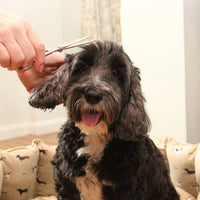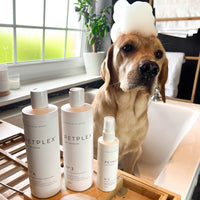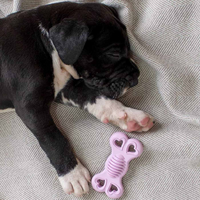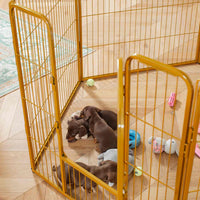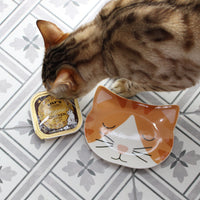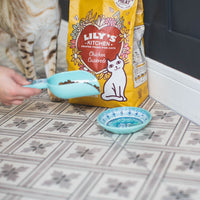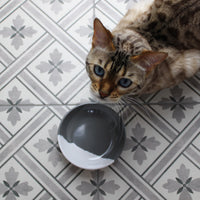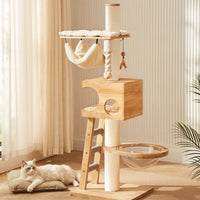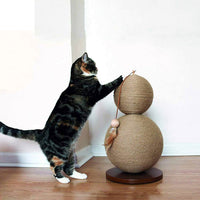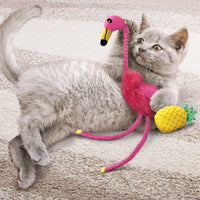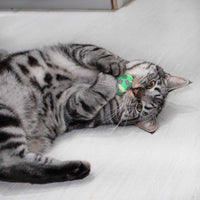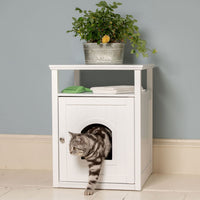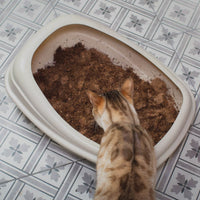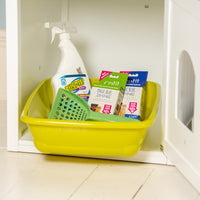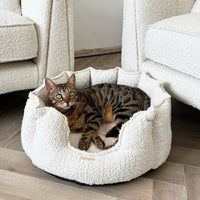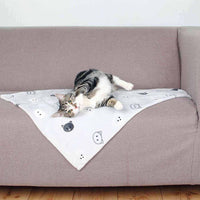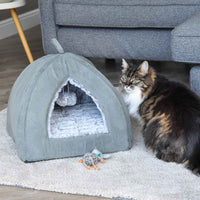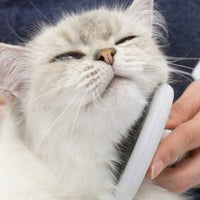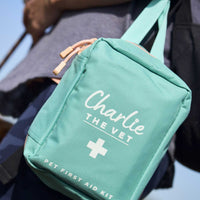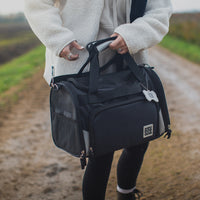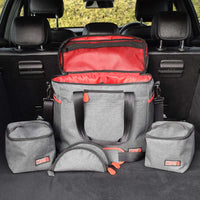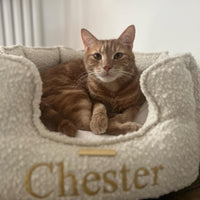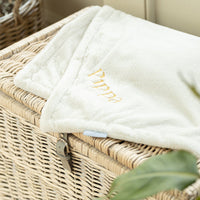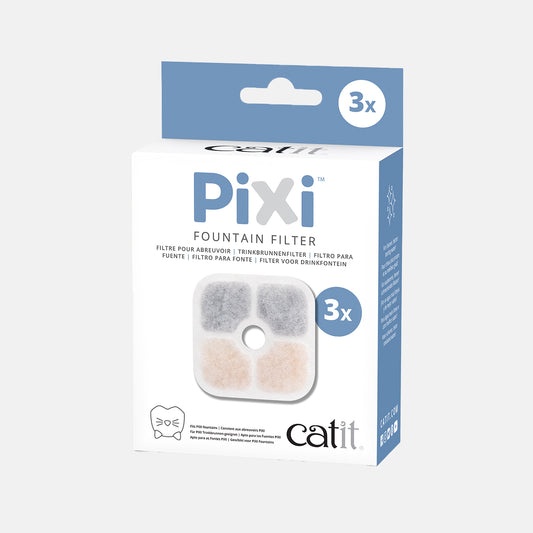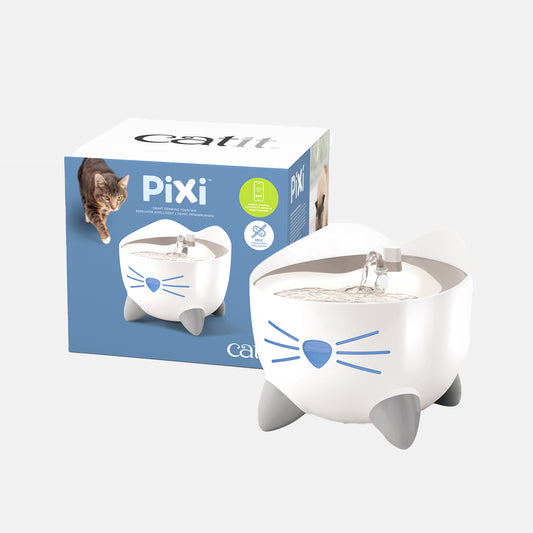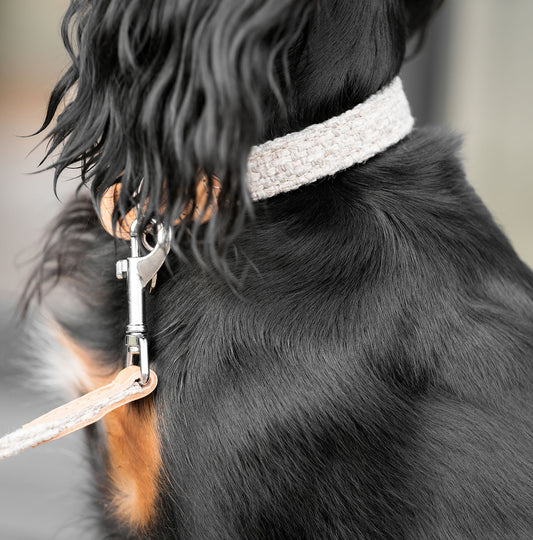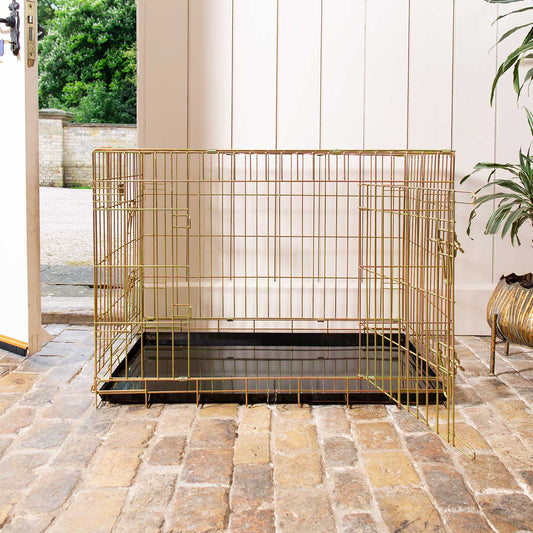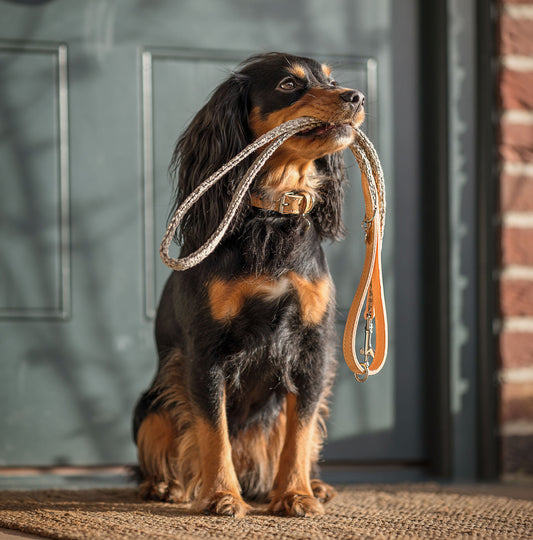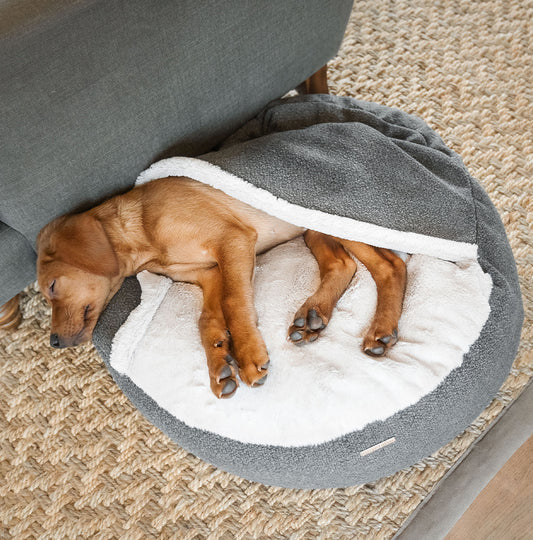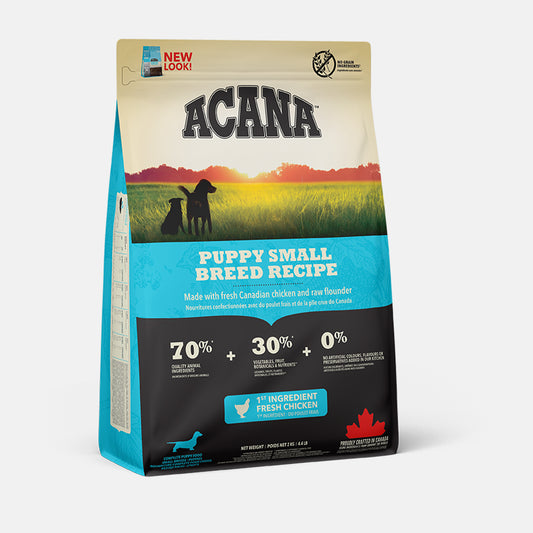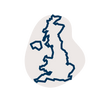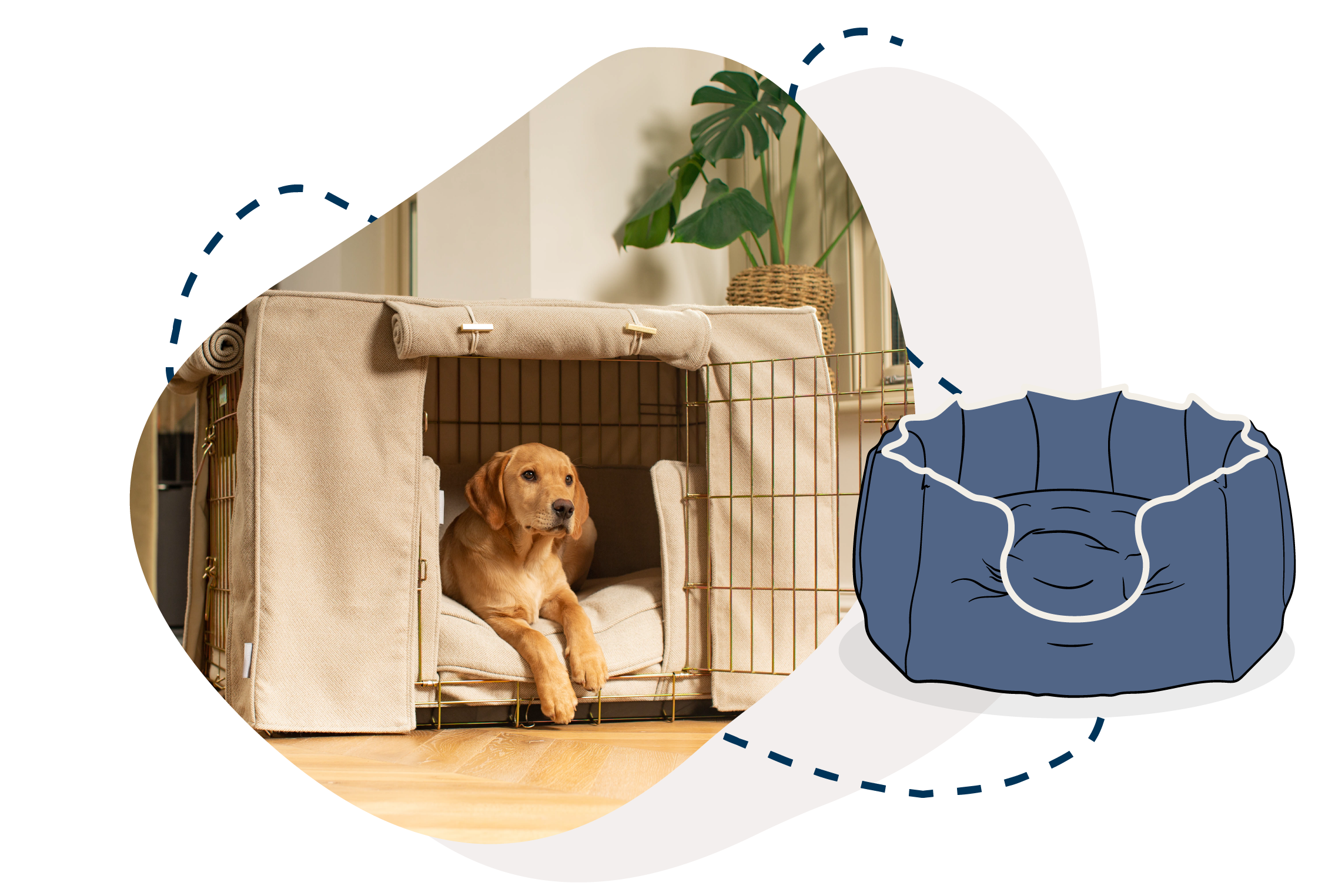
How to Choose the Best Brush for Your Dog: A Guide for Every Coat Type
Grooming is an essential part of maintaining your dog’s health and happiness. From preventing painful tangles to keeping shedding under control, the right brush can make a huge difference in your routine. In this guide, we’ll walk you through all the information you need—plus a few expert dog grooming tips—to help you choose the best brush for dog grooming based on your pup’s unique coat. Whether you have a short-haired, long-haired, curly-haired, wire-haired, silky-haired, or double-coated dog, we’ve got you covered. We’ll also explore how often you should brush your dog’s hair and how to introduce brushing to puppies or reluctant adult dogs. By the end, you’ll be well on your way to giving your pet the best grooming experience possible. Why the Right Brush Matters A brush is more than a grooming accessory—it’s a key tool that can help: Reduce Shedding: Regular brushing removes loose hairs before they end up on your furniture. Prevent Mats and Tangles: This is particularly important for long-haired and curly-haired breeds. Stimulate Healthy Skin and Coat: The gentle massaging action of brushing can improve blood circulation. Strengthen Your Bond: Grooming sessions can become a relaxing ritual that builds trust between you and your dog. With so many brushes on the market, it can be tricky to know which is the best brush for dog grooming. Understanding the specifics of your dog’s coat type is the first step in making the right choice. Best Brush for Short-Haired Dogs Short-haired breeds (like Beagles, Boxers, and Dalmatians) have smooth coats that lie close to the skin. While these dogs don’t typically form tangles, they can still shed a considerable amount. A bristle brush or a grooming glove is usually the best brush for short haired dogs because: Bristle Brush: The soft bristles help remove loose hair and distribute natural oils, leaving the coat shiny. Grooming Glove: These are great for deshedding your short haired dog. The knobbles in the silicone of the glove help to gently pull away any loose hairs. These gloves can be used on wet or dry fur so are great for both every day grooms and after bath time. Dog Grooming Tip: Brush your short-haired dog at least once or twice a week to catch loose hairs and keep their coat looking sleek. Best Brush for Long-Haired Dogs Long-haired breeds (such as Shih Tzus, Collies, and Afghan Hounds) can develop mats and tangles if not brushed regularly. The best brush for long haired dogs typically falls under two categories: Pin Brush: Ideal for gently detangling without pulling on long hair. Slicker Brush: Contains fine, short wires close together to remove loose fur and tackle minor knots. A pin brush is often the first step in grooming a long-haired dog, followed by a slicker brush to tackle any remaining tangles. It’s important to brush daily or at least every other day to stay on top of mat formation. Best Brush for Curly-Haired Dogs Curly-haired breeds like Poodles, Labradoodles, and Bichon Frisés require a bit more care because their coats tend to tangle and mat quite easily. The best brush for curly haired dogs is usually a slicker brush with flexible pins, combined with a metal comb to ensure you reach every layer of their dense coat. Here’s why: Slicker Brush: Helps remove loose hair and can break up small mats. Metal Comb: Great for a final pass to catch any tangles the brush may have missed. For curly-coated dogs, brushing daily or at least 3-4 times a week is recommended to keep their coats free from painful mats. Best Brush for Wire-Haired Dogs Wire-haired breeds like Schnauzers and Wire Fox Terriers have rough, bristly coats that need specialised care. The best brush for wire haired dogs often includes: Slicker Brush: Ideal for removing loose hairs from the topcoat. Undercoat Rake: If your dog has a dense undercoat, a rake can help remove dead hairs from the lower layers. Stripping Knife (Optional): For some wire-haired breeds that require hand-stripping, like border terriers, this is a specialised tool groomers use to pluck out dead hairs, keeping the coat’s texture and colour vibrant. Wire-haired coats need brushing 1-2 times a week if they don’t require regular stripping. If your breed does need stripping, it’s often done every few months or more frequently depending on breed standards. Best Brush for Double-Coated Dogs Double-coated breeds (German Shepherds, Golden Retrievers, Huskies) have a dense undercoat beneath a longer topcoat. This thick coat sheds seasonally and can be quite a handful! The best brush for double coated dogs is typically: Undercoat Rake: Made specifically to reach the dense undercoat. Slicker Brush or Pin Brush: Follows the rake to smooth the topcoat and remove remaining loose fur. Aim to brush double-coated breeds at least twice a week, increasing frequency during heavy shedding seasons (often spring and fall). Best Brush for Silky-Haired Dogs Silky-coated breeds like Yorkies, Maltese, and Cocker Spaniels are known for their glossy, flowing locks. These dogs’ coats are prone to breakage, so selecting a gentle brush is essential. The best brush for silky haired dogs is often: Pin Brush: Look for one with rounded tips to protect their skin and hair. Slicker Brush (Soft Pins): Can be used carefully to work through any tangles. A comb can also help in keeping silky coats free of knots, particularly around the ears and the base of the tail. Brush these dogs daily or at least every other day to maintain that show-stopping shine. Best Brush for Puppies Puppies have delicate coats and sensitive skin, so the best brush for puppies is usually one that’s gentle and comforting. Options include: Soft Bristle Brush: Helps your puppy get used to the sensation of brushing without discomfort. Rubber Grooming Glove: Offers a calming massage and helps remove loose fur. Puppy grooming sessions should be short and positive, introducing the concept of brushing in a gradual manner. This sets them up for a lifetime of stress-free grooming. How Often Should I Brush My Dog’s Hair? “How often should I brush my dog’s hair?” is one of the most common questions dog owners ask. The frequency depends largely on your dog’s coat type and lifestyle: Short-Haired Breeds: 1-2 times per week. Long-Haired and Curly-Haired Breeds: At least every other day, often daily for thicker coats. Wire-Haired and Double-Coated Breeds: 1-2 times weekly, more often during heavy shedding seasons. Silky-Haired Breeds: Daily or every other day to avoid tangles. Puppies: 2-3 times a week to familiarise them with the process without overwhelming them. Keep in mind that if your dog frequently plays outside or has a tendency to pick up debris, you may need to increase your brushing schedule. Best Brush for My Dog’s Coat Type Summary Short-Haired Breeds: Grooming glove or a bristle brush Long-Haired Breeds: Pin brush and a slicker brush Curly-Haired Breeds: Slicker brush and a metal comb Wire-Haired Breeds: Slicker brush, undercoat rake and stripping knife Double-Coated Breeds: Undercoat rake, slicker brush and pin brush Silky-Coated Breeds: Pin brush and a soft pinned slicker brush Puppies: Soft bristle brush or rubber grooming glove How to Get a Dog Used to Having Their Hair Brushed Whether you’ve just adopted a rescue dog or you’re training a new puppy, the question of how to get a dog used to having their hair brushed is critical. Here are some helpful steps: Start Slowly: Let your dog sniff the brush before you begin. Offer treats or gentle praise to create a positive association. Short Sessions: Begin with brief brushing sessions—30 seconds to a minute—focusing on easy-to-reach areas like the back. Reward Good Behaviour: Treats, praise, or playtime make grooming feel more like a reward than a chore. Gradual Progress: Over time, slowly extend the brushing to sensitive areas like the belly, ears, and tail. Positive Reinforcement: If your dog shows signs of anxiety, take a break and try again later, always ending on a positive note. Final Thoughts & Where to Find Dog Brushes Choosing the right brush is key to a pleasant, stress-free grooming routine. By understanding your dog’s coat type and following these dog grooming tips, you can keep their coat looking healthy and shiny while preventing uncomfortable mats and excess shedding. Ready to give your furry friend the royal grooming treatment? Browse our full collection of dog brushes and combs here. You’ll find a variety of brush types to suit every coat, plus other grooming essentials to make bath time and brushing easier than ever. With the right tools, a little patience, and some knowledge of your pup’s unique needs, you’ll soon have a happy, healthy dog that looks and feels fantastic every single day.
